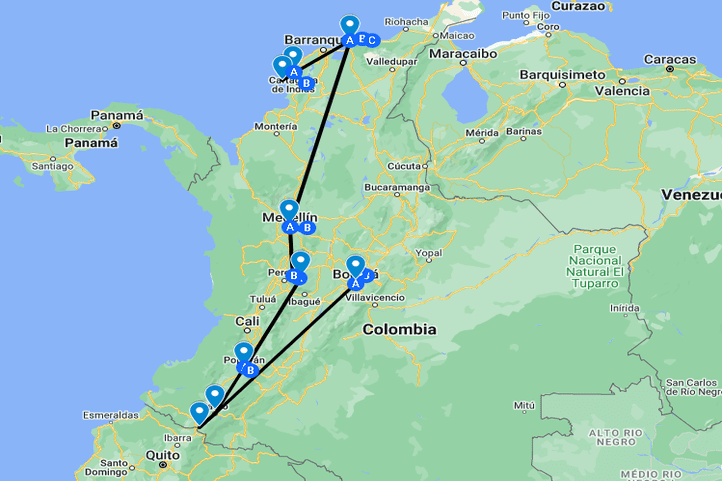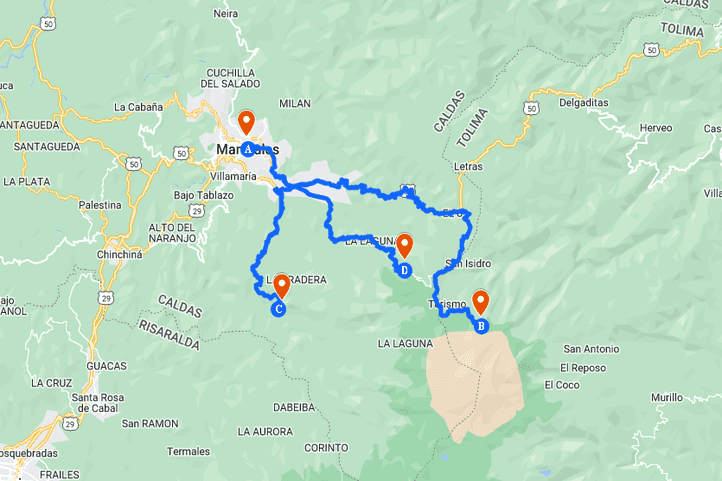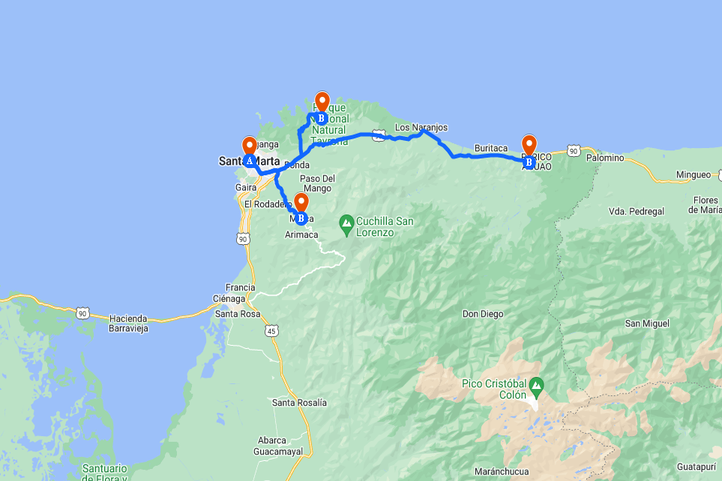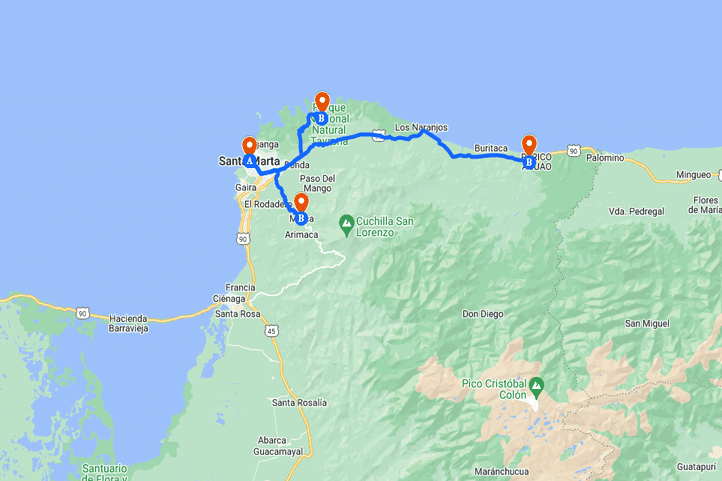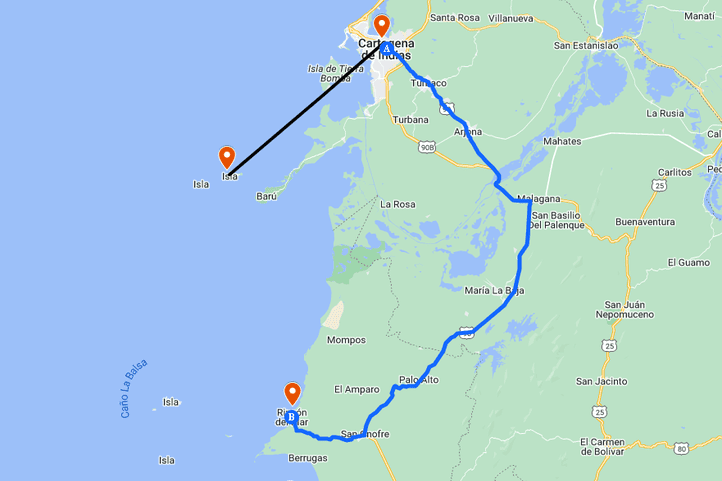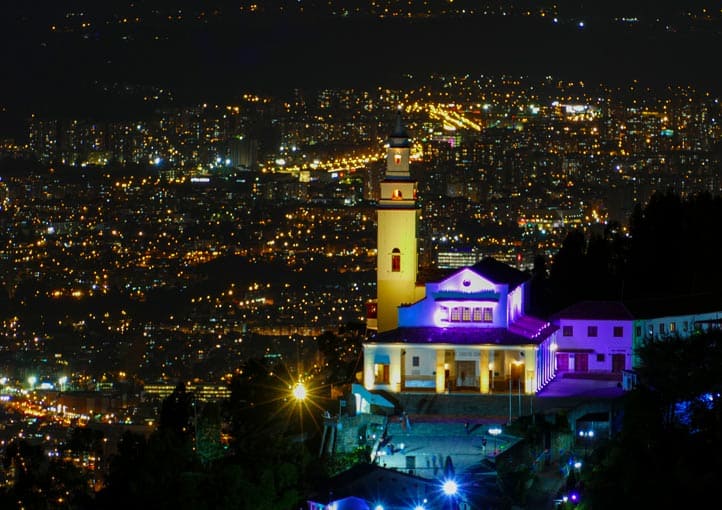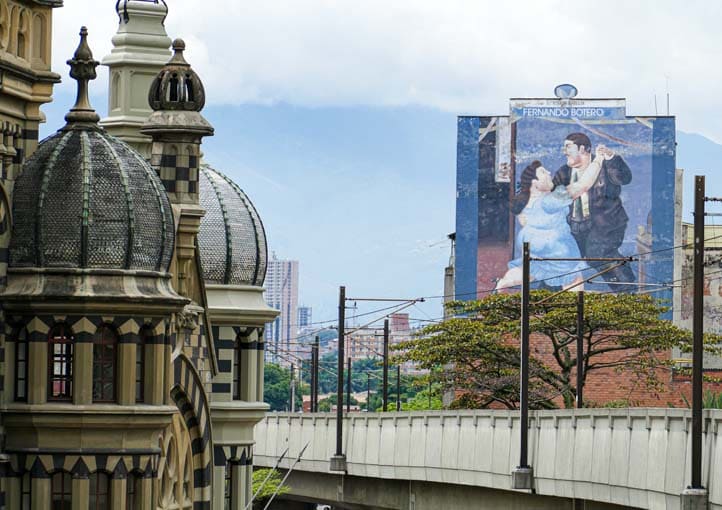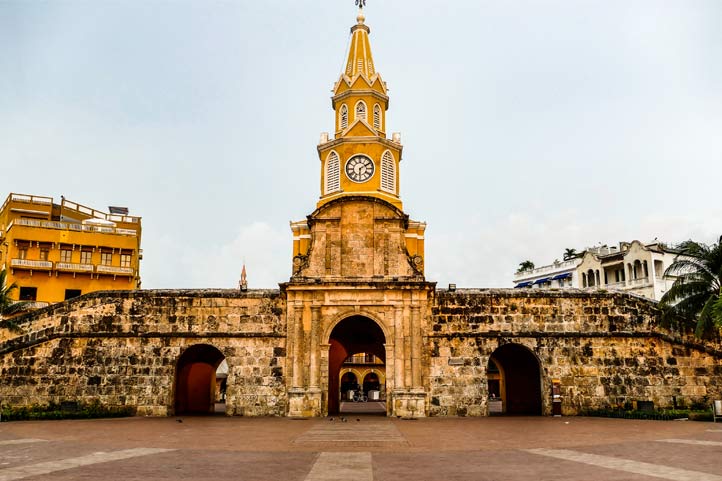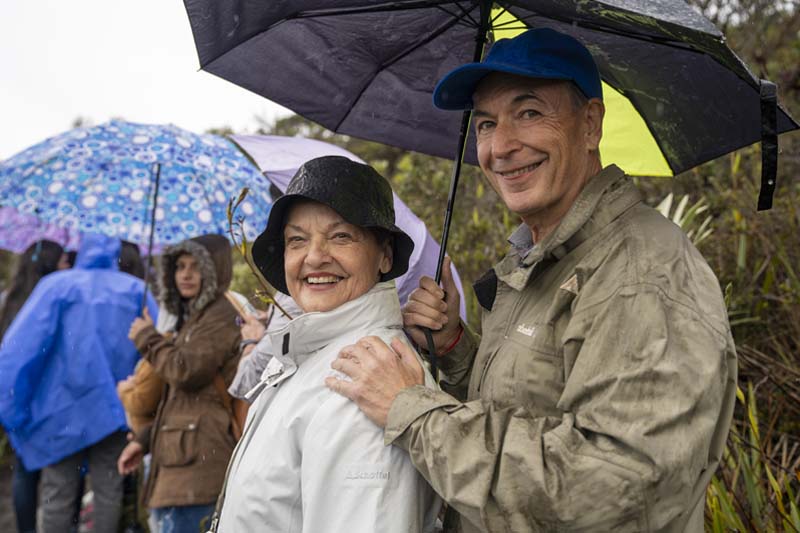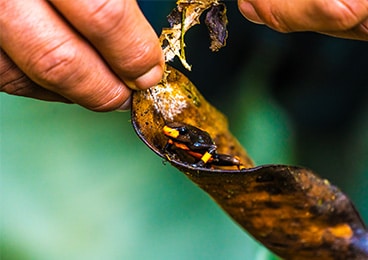Updated on 04/22/2024
Explore our
Sample Packages in Colombia
Let yourself be inspired by our sample trips. We can use these as a basis for your custom-made trip.
Read our Top
Travel Reviews
Blogs
Blogs About Colombia
Visit our blog for insights into our past adventures and valuable tips to help you plan your trip to Colombia.
Colombia Luxury Travel
Welcome to Pelecanus, your premier Colombian travel operator and destination management company (DMC) based in Bogota, Colombia. As experts in inbound tourism, we specialize in curating bespoke, luxury travel experiences across Colombia for discerning global travelers.
Immerse yourself in high-end travel experiences in Colombia with Pelecanus, where every journey is meticulously designed to offer luxury adventure holidays. Indulge in tailored luxury vacations that redefine your perception of deluxe cultural experiences in Colombia. Experience the seamless fusion of opulence and exploration with our Colombia luxury tours, where every moment embodies the essence of this exceptional country.
Colombia Travel Operator of Choice
As a leading Colombia travel operator, Pelecanus stands out among the best tour operators, setting the standard for top-rated travel operators in Bogotá and across the country.
Our commitment to excellence has positioned us as a top choice for travelers seeking the expertise of a trusted Colombia tour operator. If you’re looking for personalized trip planning services, Pelecanus is your dedicated partner.
Explore the rich cultural tapestry of Colombia with a specialized travel agency in Bogotá that goes beyond expectations. Choose Pelecanus for an unparalleled journey through this diverse and enchanting destination.
Specialized in Tailor-Made Travel in Colombia
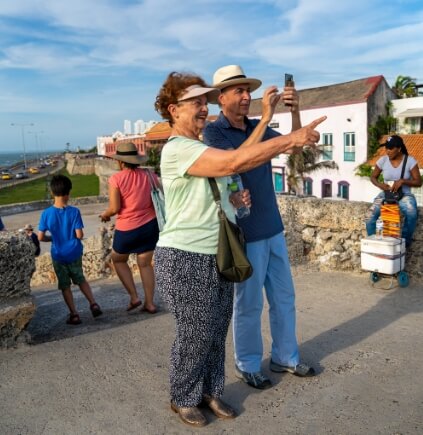
At Pelecanus, we understand that your travel aspirations might not fit into conventional packages. Dreaming of an experience not yet offered in the market? No problem. – we thrive on ambition and are poised to turn your dream into reality. Our commitment goes beyond the ordinary, aiming to create a Colombia custom trip that not only meets but exceeds your expectations.
Design your own trip to Colombia with the assurance that every detail will be meticulously curated to align with your unique preferences and desires. Specializing in personalized itineraries for Colombia travel, we ensure that your experience is not just a vacation but a collection of bespoke moments tailored specifically for you.
Multilingual Excellence
With all our employees fluent in English and additional proficiency in German, Swiss German, French, Portuguese, and Spanish, we ensure seamless communication throughout your entire experience.
Development of Tourism in Colombia
We are still a very young country in terms of tourism. Colombia’s infrastructure and offerings still do not match international standards, but with its natural beauty and diversity, it will soon become one of the top destinations in the world.
Unlocking Colombia’s Treasures
When specializing in custom-made travel and targeting the luxury segment, the offer in Colombia could be more obvious at first sight. Luxury hotels are still not very widespread, apart from Cartagena and Bogotá.
Actually, the real treasure and luxury can be found in the experience and in the amazing natural and cultural offers.
As the second most biodiverse country globally, Colombia’s landscapes, oceans, Andean mountain chains, and diverse cultures provide limitless tourism potential.
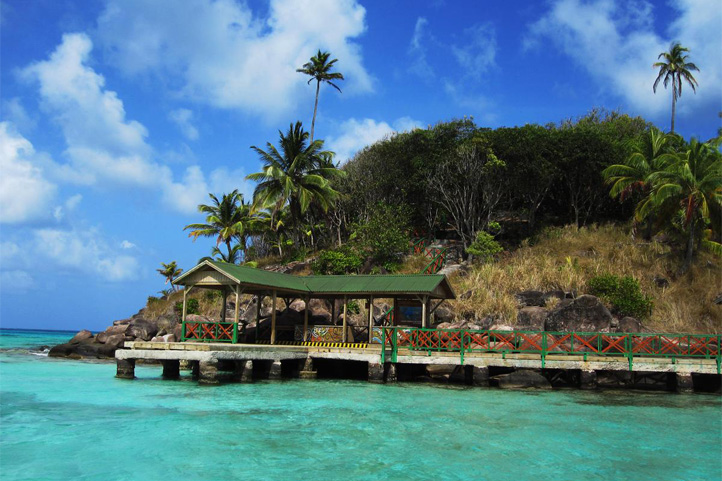
Fostering Sustainable Tourism and Local Growth
At Pelecanus, we embrace sustainable tourism, believing in fostering local growth. Our continuous collaboration with local operators allows us to expand our offerings and develop unique experiences, contributing to the growth of tourism in Colombia.
Sign up to get latest updates
Stay in touch with us to get latest news update

